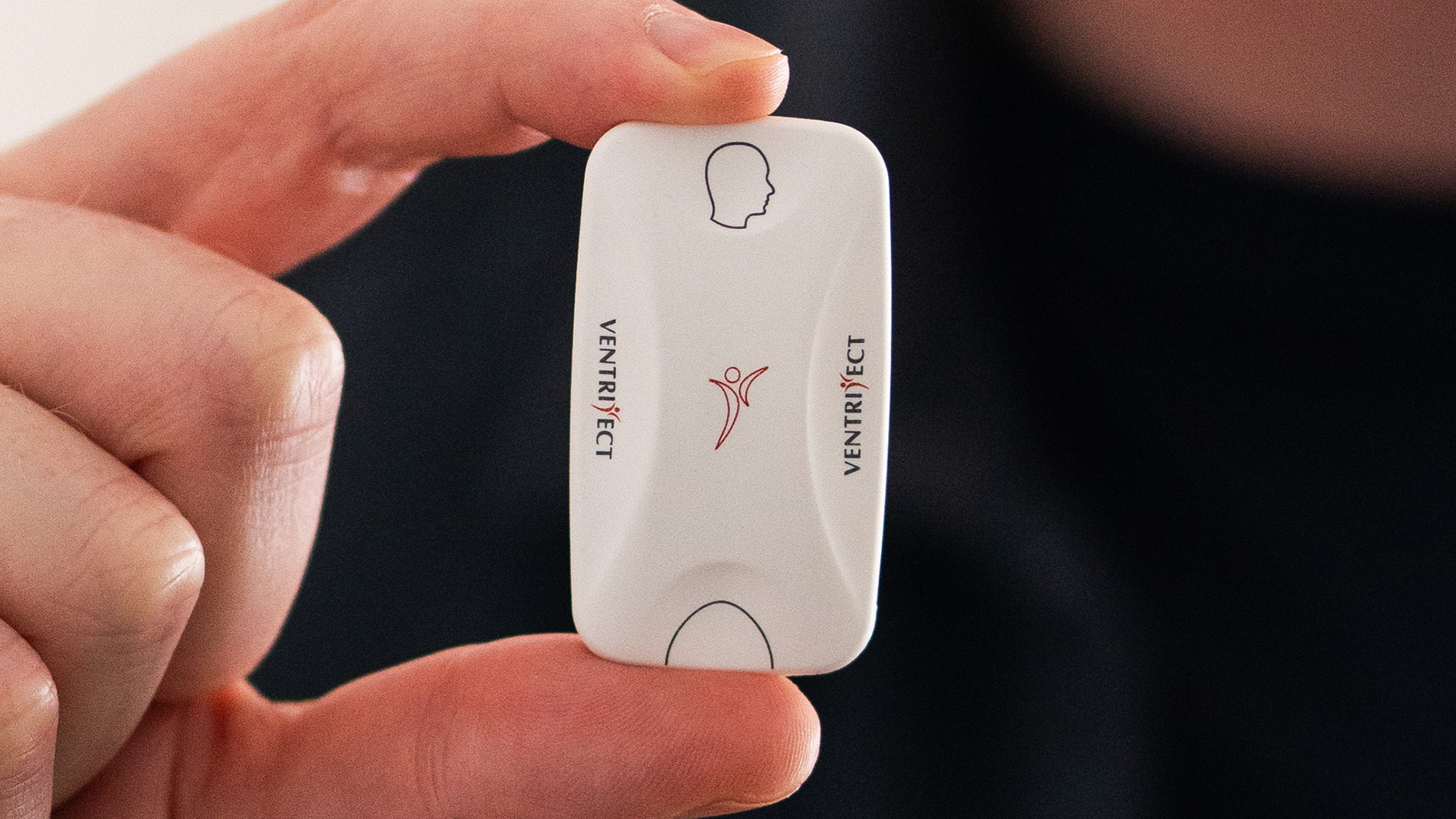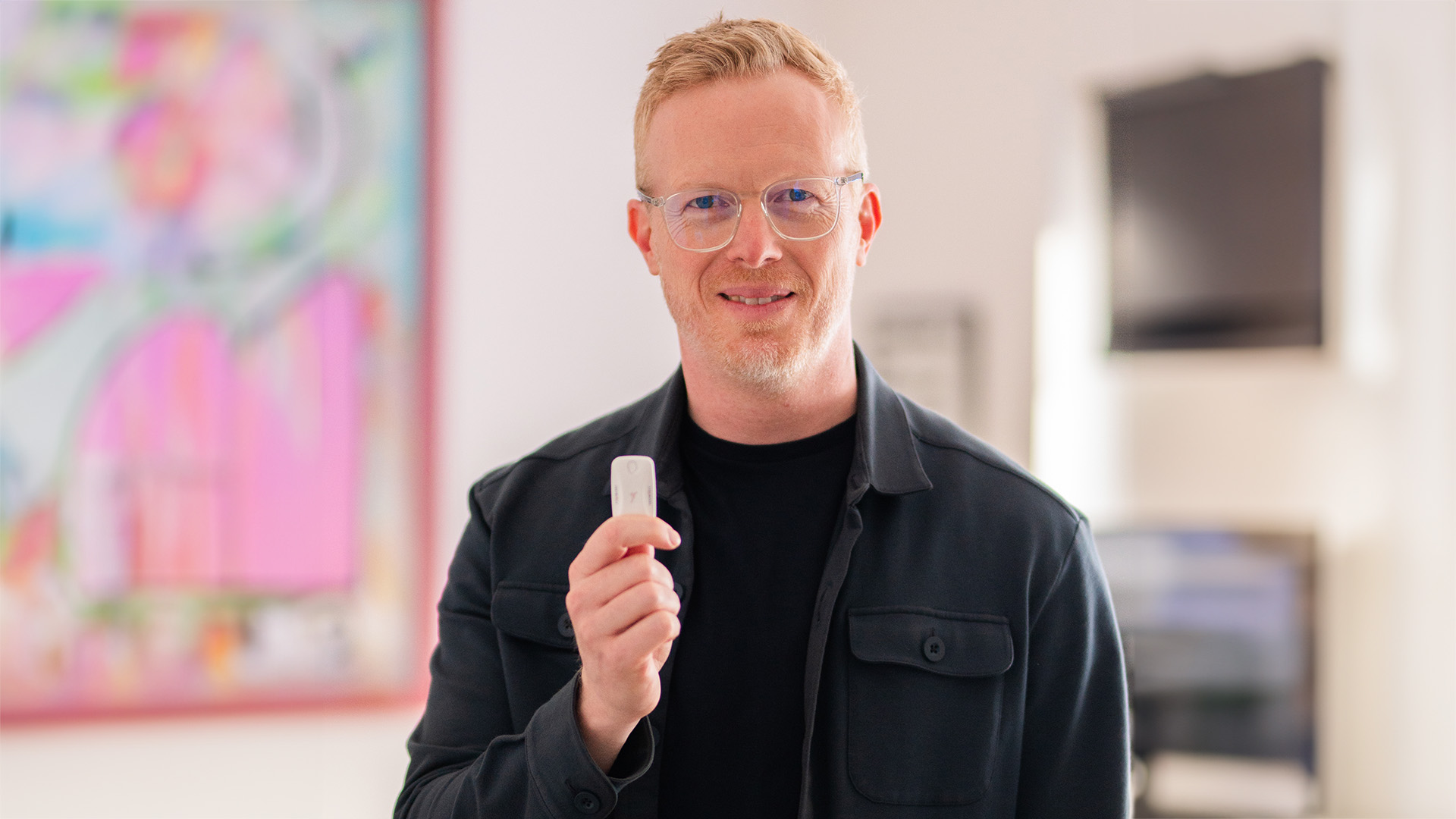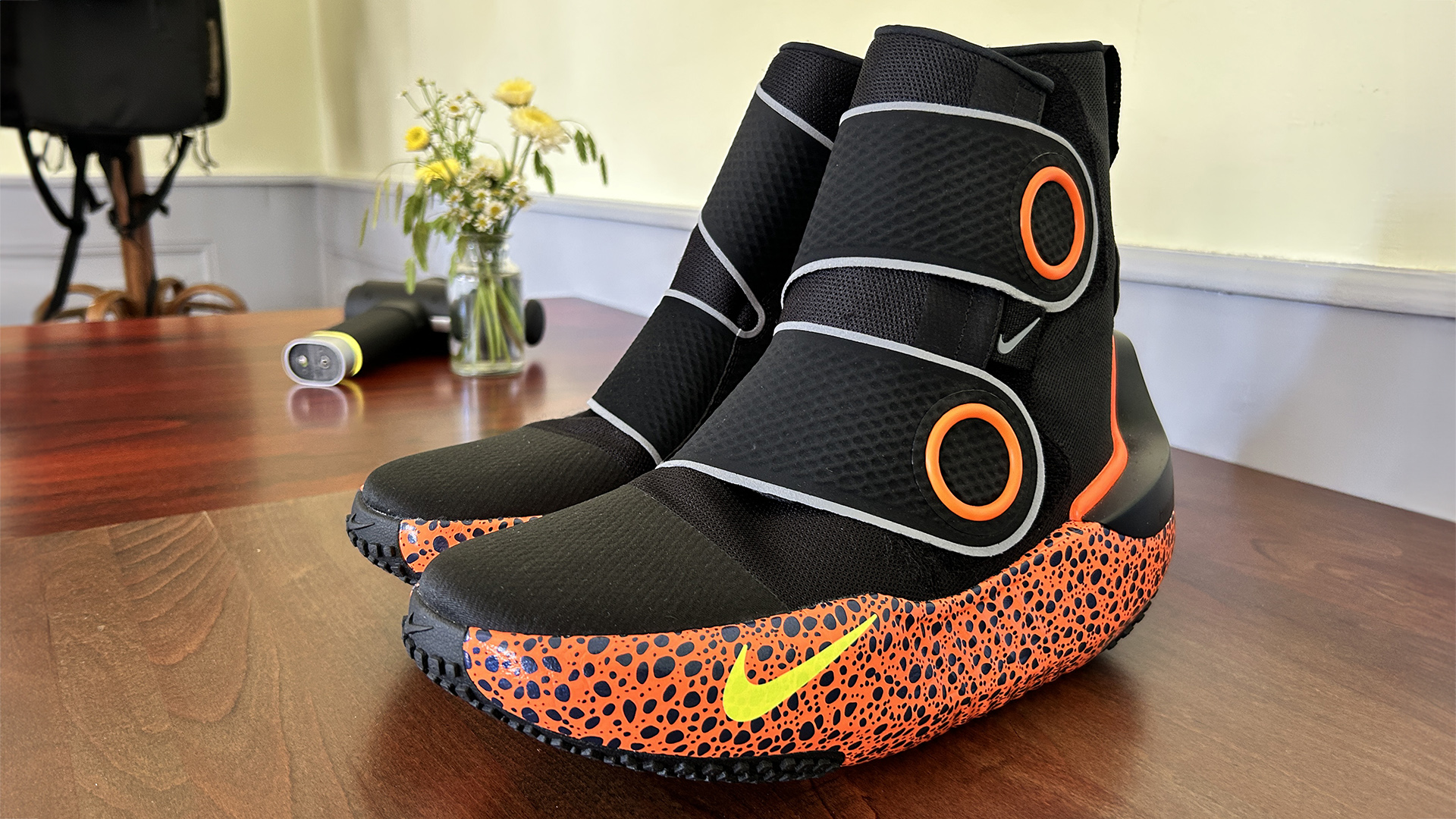

Danish medical device spinout VentriJect aims to revolutionise fitness assessment by providing a fast and accessible method for measuring cardiorespiratory fitness (CRF), particularly VO2 max.
Traditionally, accurate measurement of VO2 max, a key indicator of overall health, has been challenging and inaccessible for most people due to the limitations of existing methods.
And while most smartwatches and smart rings offer cardio health assessments these days, their accuracy is questionable at best. Measurements vary widely and are often a far cry from the gold-standard cardiopulmonary exercise test (CPET).
VentriJect's solution, called Seismofit, utilises seismocardiography (SCG) technology to measure the body's maximal rate of oxygen consumption (VO2 max) without the need for exercise.
“Unlike other methods of assessing VO2 max, Seismofit is suitable for elderly and unfit people too because it doesn’t require exercise, meaning everyone can get an accurate understanding of their health,” says Mikkel Kristiansen, CEO at VentriJect.

Oliver Patrick, wellness expert and VentriJect brand ambassador, holding the Seismofit device
The device, about the size of a small matchbox, is placed on the chest and captures arterial vibrations generated by the heart using accelerometer technology. An AI-assisted algorithm processes this data to produce a VO2 max reading in under three minutes.
The new technology has been validated through research published in the Cardiovascular Digital Health Journal, demonstrating accuracy comparable to the cardiopulmonary exercise test.
Sign up to the T3 newsletter for smarter living straight to your inbox
Get all the latest news, reviews, deals and buying guides on gorgeous tech, home and active products from the T3 experts
Seismofit was developed primarily as a medical technology but is being rolled out commercially across fitness centres, gyms, and personal trainers this year as it has many fitness/wellness applications.
It's not hard to imagine a near future where either VentriJect's technology or something similar will be incorporated into chest-mounted heart rate monitors for better VO2 assessments.
For more information about Seismofit, visit VentriJect today.

Matt Kollat is a journalist and content creator who works for T3.com and its magazine counterpart as an Active Editor. His areas of expertise include wearables, drones, fitness equipment, nutrition and outdoor gear. He joined T3 in 2019. His byline appears in several publications, including Techradar and Fit&Well, and more. Matt also collaborated with other content creators (e.g. Garage Gym Reviews) and judged many awards, such as the European Specialist Sports Nutrition Alliance's ESSNawards. When he isn't working out, running or cycling, you'll find him roaming the countryside and trying out new podcasting and content creation equipment.
-
 Nike's wild recovery boots, which are like little spas for your feet, can finally be bought by anyone, not just athletes
Nike's wild recovery boots, which are like little spas for your feet, can finally be bought by anyone, not just athletesThe Nike x Hyperice Hyperboot is part footwear, part massage chair, and all kinds of wonderful
By Matt Kollat
-
 Jake Dearden’s Hyrox training regime and 4000-calorie diet
Jake Dearden’s Hyrox training regime and 4000-calorie dietFind out how the Hyrox champ trains weekly and fuels his sessions
By Bryony Firth-Bernard